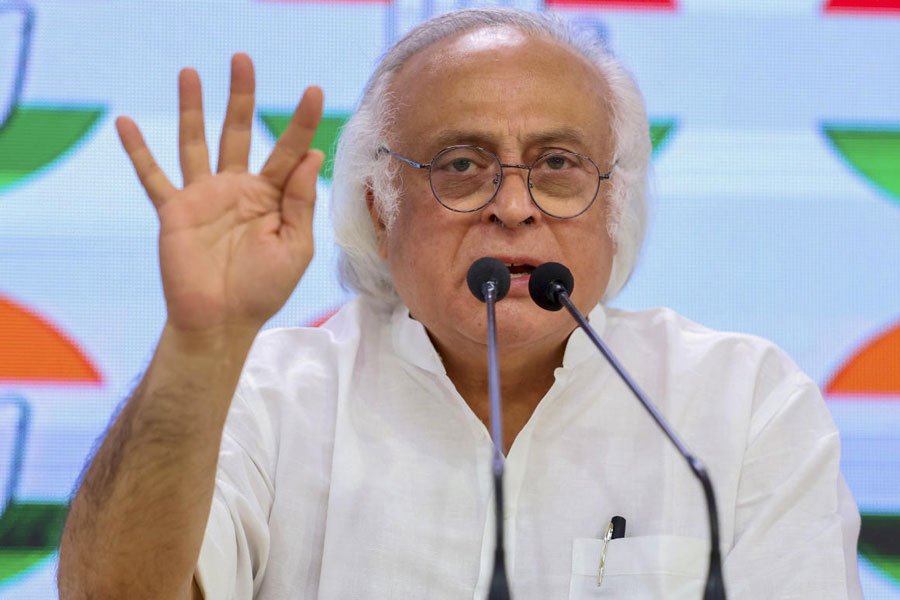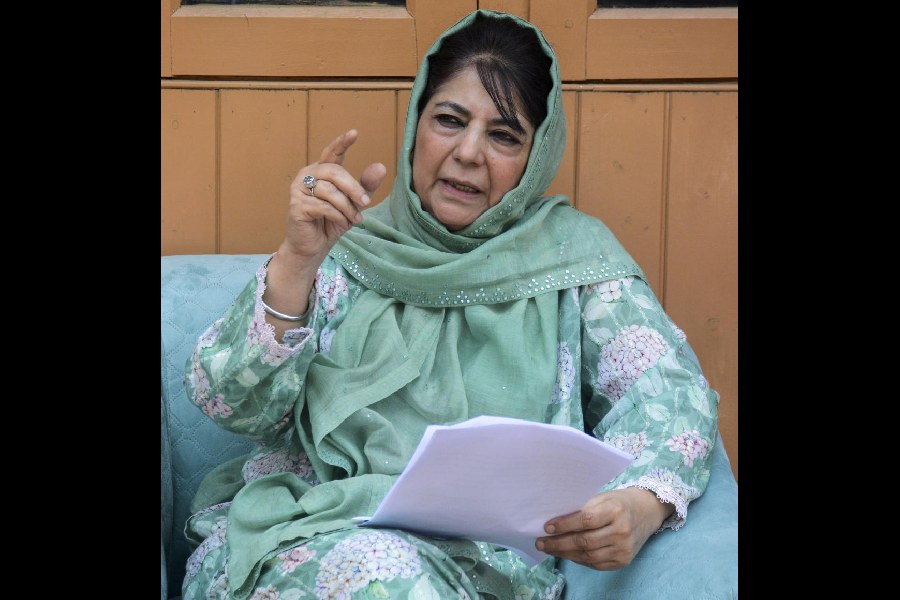New Delhi, May 20: The army has begun putting up walls of barbed wire on stretches running parallel to the Line of Control (LoC) in Jammu and Kashmir during a major counter-insurgency drive codenamed “Operation Sarp Vinash” carried out from April 20 to May 18.
Army sources said barbed wire was being put up over the past two weeks on “selective” stretches and in tandem with electronic surveillance equipment that were being used.
All the information on Operation Sarp Vinash (kill the snake) is from sources in the army and independent verification is not possible.
Other sources in the security establishment said barbed wire was being put up in parts deep inside Indian territory and not on the Line of Control itself. They did not describe the barbed wire defence as a “fence”.
The army chief, General Nirmal Chandra Vij, returned to Delhi this evening after a two-day review of the operation carried out by the Romeo Force of the Rashtriya Rifles, the army’s main counter-insurgency formation in Jammu and Kashmir.
During the chief’s visit, it was decided that the army will redeploy units to buttress its forces with a second tier. This would normally indicate a beefing up of the already high troop levels, but the sources said “it does not necessarily mean increasing the density of troops”. India is under international pressure to reduce troop levels in Jammu and Kashmir.
Fencing of the LoC can be interpreted as pre-emptive action to stem infiltration. Under internationally recognised norms and rules, fencing is not carried out on the zero line of the border but at least 100 metres inside Indian territory. Fencing along a stretch of the international boundary in Jammu that Pakistan describes as a “working boundary” continues to be disrupted by intermittent shelling. Besides, fencing along international boundaries and fencing along the LoC have different connotations.
(PTI adds: Border Security Force chief Ajai Raj Sharma today said fencing of the border in Jammu and Kashmir was progressing at a fast pace despite regular Pakistani firing and is expected to be completed by next year. “Once completed, it is expected to bring down infiltration to the minimum level.”)
Army sources said General Vij reviewed the situation in the Hill Kaka area, the focus of Operation Sarp Vinash, probably the most intensive single counter-insurgency operation in the state. They claimed at least 60 militants were killed and 90 hideouts destroyed. The army has also taken an unspecified number of casualties, including in its officer ranks.
The army’s assessment and reaction to its findings during the operation indicate that units of the Romeo Force encountered defences and militant forces that appeared to have dug in over a period of time.
No assessment of the number of militants in the area was available. “Maybe a few hundred but it is still too early to estimate,” the sources said.
They added that they had not recorded any major infiltration bid since the snow melted in summer and the passes cleared.











